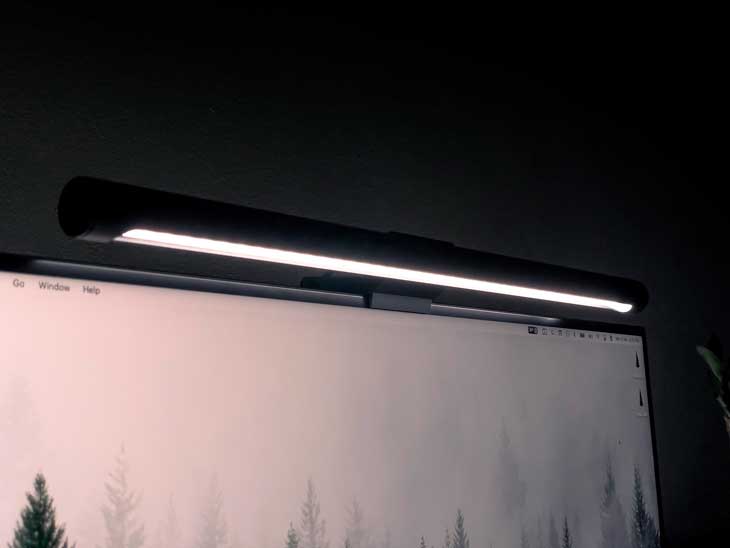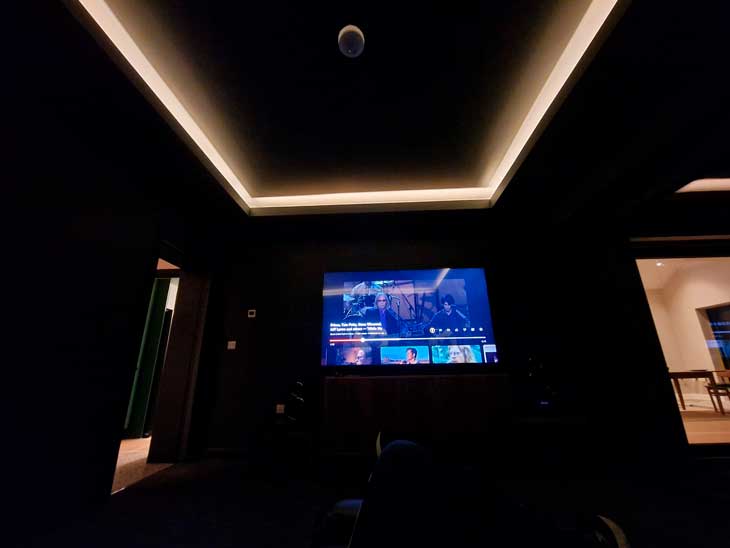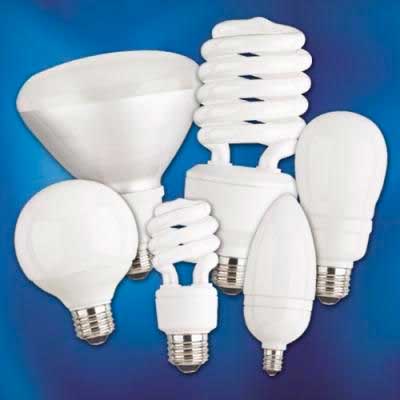Are you facing uncertainty regarding the installation of LED bulbs in your household fixtures? Are you concerned about the possibility of LED bulbs causing plastic to melt?
Continue reading to discover the temperature levels that LED bulbs reach and whether they have the potential to melt fixtures.
Many people wonder whether LEDs can cause plastic fixtures, lampshades, or housings to melt due to the plastic base they have. The straightforward answer is no; LEDs cannot cause plastic fixtures to melt because they do not generate sufficient heat, even at the base of an LED bulb.
To provide a clearer perspective, it is important to consider the melting temperature of the specific type of plastic used in manufacturing LED bulbs, fixtures, and sockets.
This plastic is known as polycarbonate plastics or PC for short. PC begins to soften at temperatures around 392 degrees F or 200 degrees C, with its melting point ranging between 428 degrees F to 680 degrees F or 220 degrees C to 360 degrees C.
These plastic polymers can exhibit transparency like plexiglass or opacity. Additionally, plastic materials employed in light fixtures can be blended with flame retardants to enhance fire safety.
When taking into account the operating temperature of an LED bulb at its base, which reaches a maximum of 175 degrees F (80 degrees C), it becomes evident that this temperature range is well below the threshold that would affect the fixture or surrounding materials.
What Type of Light Can Cause Plastic to Melt?
Knowing which forms of light can potentially cause plastic to melt is crucial now that we have verified that LED lights do not do so. These five different kinds of light bulbs can provide this effect:
Fluorescent Lightbulbs
The light produced by fluorescent lights comes from a tube filled with gas and covered in fluorescent material. While they typically do not cause plastic to melt under normal conditions, extended use can generate enough heat to melt plastic. Special care should be taken with heat lamps using fluorescent bulbs, as direct contact with plastic can lead to melting and the release of toxic fumes.
Halogen Lightbulbs
An incandescent bulb type known as a halogen lightbulb employs halogen gas to extend the life of the filament. They produce a lot of heat, similar to conventional incandescent bulbs, and, if put too close to plastic, will melt it. Halogen lamps should not be used next to plastic materials, and safety measures should be taken.
High Intensity Discharge Lightbulbs
Gas discharge is used by high-intensity discharge (HID) lightbulbs, such as metal halide and high-pressure sodium bulbs, to create brilliant, energy-efficient light. However, they also produce a significant amount of heat, which, if plastic is in proximity to the bulb for an extended length of time, can cause plastic to melt.
Incandescent Lightbulbs
A tungsten filament heated by an electric current is used in incandescent lightbulbs to create light. They can melt plastic because they can reach temperatures of up to 4,500 degrees Fahrenheit. To protect user safety, they are often built with glass casings.
UV Lights: Shorter wavelength ultraviolet (UV) lights are renowned for their propensity to cause material degradation and chemical reactions. UV radiation exposure can cause plastic to degrade and become brittle over time. Long-term contact with UV radiation of high intensity may cause plastic to melt; however, this typically requires exceptionally high levels of UV light and prolonged exposure.
While LED lights are safe and do not melt plastic due to their low heat emission, it is important to exercise caution and consider the type of light bulb used when illuminating spaces with plastic components. Different bulbs generate varying levels of heat and may pose a risk to nearby plastic materials if not used with care.
What is the Most Suitable Fixture for LED Light?

The optimal light fixture for LED bulbs unquestionably features ample ventilation to ensure effective heat dissipation. This is primarily because LEDs enjoy prolonged lifespans when operated in cooler surroundings.
Furthermore, in cooler environments, LEDs can effortlessly operate at their maximum brightness. Certain LED light fixtures, such as can lights, retro mason jar lights, track lights, and some table lamps, may lack sufficient ventilation.
Therefore, if temperature management is a priority for you, it is advisable to select LED lights equipped with proper ventilation. It is worth noting that some semi-flush ceiling fixtures in bathrooms and kitchens are rated as enclosed, preventing the use of non-enclosed LED bulbs without encountering heating issues.
Combining CFL (compact fluorescent lamp) and LED within a single fixture is strongly discouraged. This practice can lead to significant temperature fluctuations.
While not posing a fire hazard, it may result in premature LED burnout, negating the benefits of using LEDs. It is essential to be mindful that placing LEDs above hood ranges and stoves can impact their performance.
As previously mentioned, LEDs thrive in cooler environments, and while the bulbs, fixtures, or sockets may not be directly affected, overheating can lead to performance problems.
Tips to Ensure Safe LED Lighting Installation in Your Home

Although LED lights are usually thought to be safe, it is advisable to take safety precautions to avoid any unintended events when installing them. Follow these useful pieces of advice to ensure a secure installation of LED lights in your home:
- Choose fixtures with built-in heat sinks: Select fixtures with built-in heat sinks to ensure efficient heat dissipation from the LED lights.
- Look for a UL-rated fixture: Prioritize fixtures with a UL (Underwriters Laboratories) rating. These fixtures have undergone rigorous testing and certification for safety, making them a reliable choice for use with LED lights.
- Follow manufacturers' installation instructions: Ensure safe lighting fixture installation by adhering to the manufacturers' instructions meticulously. Confirm that the fixture is securely fastened and properly grounded, as directed.
- Regular inspection and maintenance: Perform monthly inspections and maintenance checks on the fixture. This proactive method might assist in averting mishaps and guarantee the continued security of your LED lighting system.
Unless the light bulb is deliberately made to do so, the short answer to the issue of whether light can cause plastic to melt is no.
However, if you are using an older fixture or if the wattage of your LED bulb substantially exceeds the acceptable wattage for the fixture, there is a potential that the LED bulb could generate more heat, which might lead to melting.
In such scenarios, it is advisable to consider upgrading to a modern fixture explicitly designed to efficiently dissipate heat.
